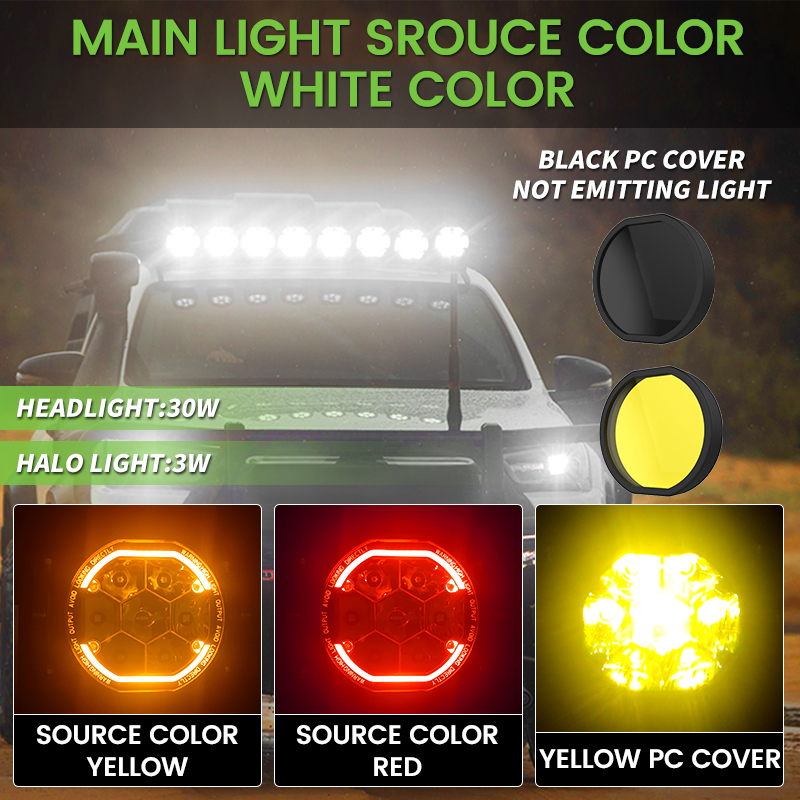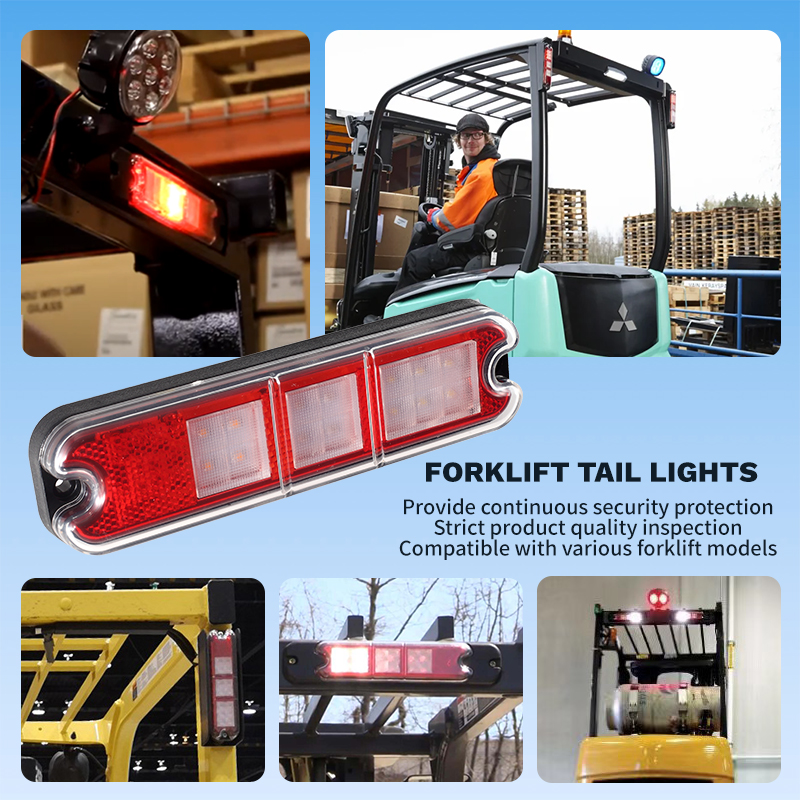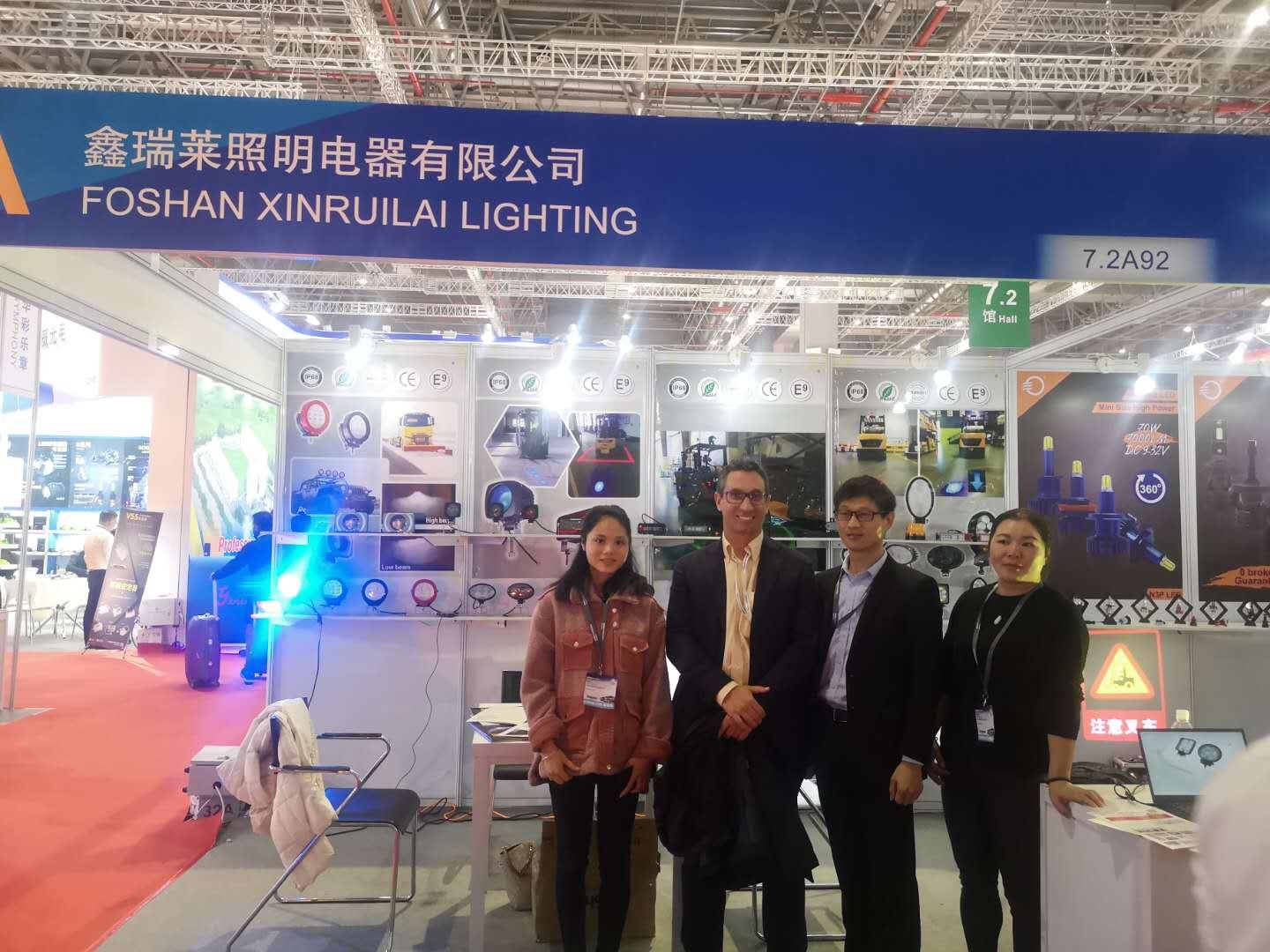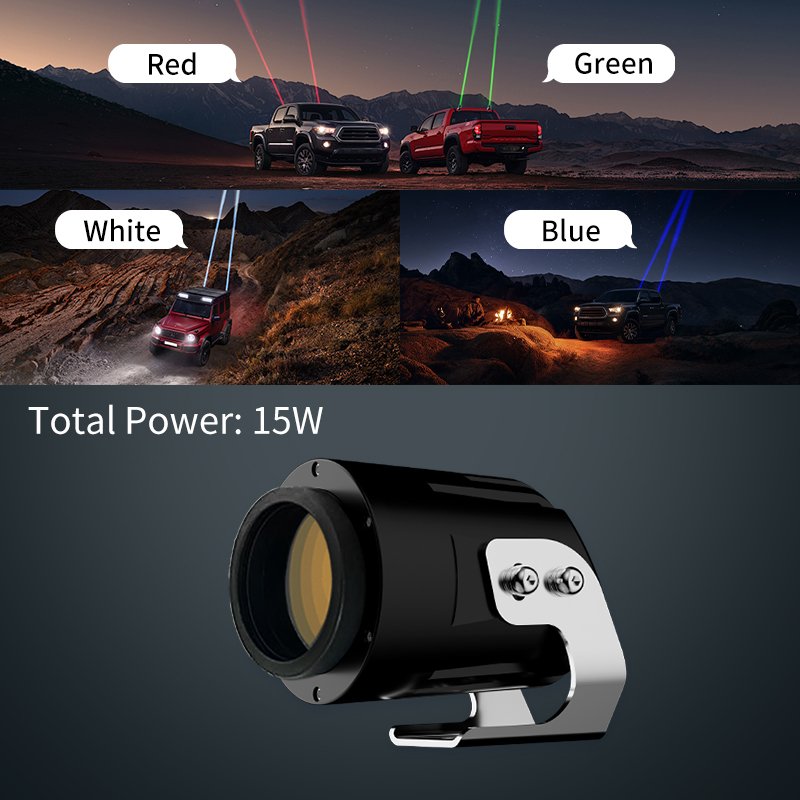When was the last time you actually walked around your car to check if every light was working? For many drivers, it’s not something that happens regularly — until a police officer pulls them over or a friend points it out. But here’s the thing: your car’s lights are not just about seeing the road at night. They’re about making sure other drivers see you, understanding your intentions, and avoiding dangerous situations.
From the headlight to the taillight on a car, every light plays a role in your safety and in complying with traffic laws. In this article, we’ll explore how often to check your lights, how long headlights last, how to tell when they need replacing, and the benefits of upgrading your tail lights.
Why Regular Light Checks are Critical

Safety for You and Others
- Visibility in all conditions
Working lights allow you to see hazards early and help others see your car in fog, rain, snow, or darkness.
- Clear communication on the road
Turn signals and brake lights let other drivers predict your next move, preventing collisions.
- Night driving confidence
Properly functioning headlights reduce eye strain and reaction time when driving at night.
Legal Compliance
- Avoid fines and penalties
Many regions issue tickets for non-functioning headlights or taillights.
- Passing safety inspections
In some areas, vehicles must pass annual checks that include lighting systems.
- Prevent insurance issues
Faulty lights could be considered negligence in case of an accident, affecting claims.
Cost Savings Over Time
- Prevent bigger repairs
Small electrical issues caught early can prevent costly wiring or housing replacements.
- Reduce replacement frequency
Regular cleaning and inspection extend bulb life.
- Avoid last-minute emergencies
Proactive checks mean you won’t scramble to replace a bulb right before a trip.
How Often Should You Inspect Your Lights?

Monthly Walk-Around Inspection
- Check all exterior lights – This includes headlights, high beams, fog lights, taillights, brake lights, and indicators.
- Get help from a friend – Have someone stand outside while you activate each light to confirm they’re working.
- Use reflective surfaces – Park in front of a glass window or garage door to see your lights yourself.
Before Long Trips
- Extra precaution for safety – Long drives often involve night hours or rural roads with limited lighting.
- Avoid road delays – A broken light mid-trip could require an urgent, costly repair in an unfamiliar place.
- Check spare bulbs – Keep extras in your car for quick replacements on the road.
Seasonal Considerations
- Winter checks – Snow and salt can damage wiring and cloud lenses faster.
- Rainy season checks – Water ingress can cause bulb failure or dim output.
- Summer checks – Heat can affect headlight housing and plastic covers, leading to discoloration.
How Long Are Car Headlights Supposed to Last?

LED Driving Lights
- Exceptional lifespan – Typically lasts between 20,000–30,000 hours, meaning you may never need to replace them during your car’s lifetime.
- High brightness output – Provide a clear, white light that improves visibility at night and in poor weather conditions.
- Energy efficiency – Use less power than traditional bulbs, reducing strain on your vehicle’s electrical system.
- Low heat emission – Unlike halogens, LEDs produce minimal heat, which helps preserve headlight housing and lenses.
LED Forklift Light
- Designed for durability – Built to withstand vibrations, dust, and temperature changes in industrial environments.
- Long-lasting performance – Can operate for over 20,000 hours, reducing downtime and replacement costs.
- Enhanced safety – Bright, focused beams help operators work safely in dimly lit areas or at night.
- Versatile application – While often used for forklifts, these lights can also be adapted for utility vehicles, trailers, or heavy equipment.
LED Headlights for Cars
- Top-tier longevity – In cars, LED headlights can last up to 30,000 hours.
- Consistent performance – No gradual dimming; they stay bright until the end of their lifespan.
- Stylish modern look – Crisp, white light enhances the vehicle’s appearance and resale value.
How to Tell If Your Headlights Need Replacing
Dim or Yellow Light Output
- Reduced visibility – Makes it harder to see hazards and road signs at night.
- Aging filaments or LEDs – Natural wear over time causes brightness loss.
- Lens oxidation – Cloudy covers can block light even if the bulb is fine.
Flickering or Intermittent Lighting
- Electrical issues – Could be loose connections, damaged wiring, or failing switches.
- Moisture intrusion – Water inside the housing can cause inconsistent lighting.
- Bulb nearing the end – Flickering is often a sign that a bulb will fail soon.
Complete Failure of One or Both Lights
- Replace in pairs – Ensures consistent light output and color.
- Check fuses and wiring – Sometimes the issue is not the bulb itself.
- Consider upgrading – When replacing, evaluate more durable bulb types.
The Importance of Taillight on Car

Safety for Drivers Behind You
- Clear braking signals – Brake lights alert drivers to slow down in time.
- Turn signal clarity – Proper functioning indicators prevent confusion.
- Nighttime visibility – Tail lights make your car visible even from a distance.
Legal Requirements
- Mandatory equipment – All cars must have functioning tail lights to be road-legal.
- Avoid penalties – A broken taillight on a car can result in fines or failed inspections.
- Protect liability – If someone rear-ends you and your lights weren’t working, it could affect fault determination.
Benefits of Upgrading Your Taillight on Car
1. Improved Visibility
- Brighter output – LED tail lights make your car more visible in poor weather.
- Better signal recognition – Drivers can quickly see your intentions.
- Longer range – Light travels further, offering earlier warnings to following cars.
2. Increased Durability
- Shock resistance – LEDs handle road vibrations better than filaments.
- Weatherproofing – Modern lights often have better sealing against water and dust.
- Extended lifespan – Fewer replacements mean less hassle.
3. Style and Modern Appeal
- Sleek design – Gives your car a newer, high-end look.
- Customization options – Various styles and patterns available.
- Boosts resale value – Updated lighting can make your car more attractive to buyers.
Tips for Maintaining Vehicle Lights and Indicators
1. Keep Lenses Clean
- Remove road grime – Dirt and debris can dim light output.
- Avoid abrasive cleaners – Use products made for automotive plastics.
- Regular polishing – Prevents cloudiness from oxidation.
2. Check Light Alignment
- Prevent blinding other drivers – Misaligned headlights can be dangerous.
- Maximize visibility – Proper aim ensures you light the road evenly.
- Get professional help – A mechanic can adjust beams accurately.
3. Protect from Moisture Damage
- Seal housing cracks – Prevents water from entering and damaging bulbs.
- Replace worn gaskets – Ensures a tight seal around lenses.
- Park in covered areas – Reduces exposure to rain and snow.
Final Thoughts

Keeping your vehicle lights in top shape isn’t just about passing an inspection — it’s about protecting yourself, your passengers, and everyone else on the road. By regularly maintaining vehicle lights and indicators, checking your headlight tail taillight system, and making upgrades when needed (like exploring the benefits of upgrading your rear lights), you’ll enjoy safer drives and avoid unnecessary trouble.
So next time you walk to your car, take a few extra seconds to do a quick light check. Your safety — and the safety of others — is worth it.
📩 Need expert advice or top-quality automotive lighting solutions?
Our team at Best Auto Lamp is ready to help you choose, maintain, or upgrade your vehicle lights for maximum performance and safety.
- Phone/Whatsapp: +86 15818025687
- Email: service02@xrlledlight.com
- Contact Form: Click here to get in touch with us today.
Let’s keep your road ahead bright and safe!
Frequently Asked Questions (FAQ)
1. How do I know if my taillight is out?
The easiest way is to have someone stand behind your car while you press the brake, activate the turn signals, and switch on your lights. Alternatively, you can park in front of a reflective surface like a garage door at night and observe the reflections — if one side is dimmer or missing, you may have a faulty bulb or wiring issue.
2. What causes headlights or taillights to fail early?
- Poor road conditions – Vibration from potholes and rough roads can damage bulbs.
- Moisture inside the housing – Causes corrosion and electrical shorts.
- Overheating – Especially in tightly sealed headlight housings.
- Cheap replacement bulbs – Low-quality bulbs often burn out faster.
3. Are LED lights worth the upgrade?
Yes — LEDs last significantly longer, use less energy, and offer brighter, more consistent illumination. They are also more resistant to shock and weather damage, making them ideal for both headlight tail light and taillight upgrades on cars. Plus, the benefits of upgrading your tail lights include better visibility and a modern look.
4. How can I make my headlights brighter without replacing them?
- Clean the lenses to remove dirt and oxidation.
- Adjust the beam alignment so the light is directed properly.
- Upgrade to higher-quality bulbs that are compatible with your car.
- Ensure your electrical system is healthy — weak battery or alternator issues can cause dim lights.





